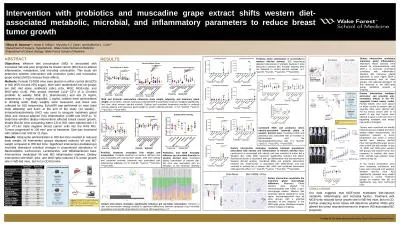PDF-A comparative study on weight changes in rats fed with diet
Author : violet | Published Date : 2020-12-07
e ISSN 09748369 containing Yaji Yaji additives and Yaji spices Biology and Medicine U Akpamu AO Nwaopara AM Izunya GA Oai khena O Okhiai BO Idonije UC Osifo Published
Presentation Embed Code
Download Presentation
Download Presentation The PPT/PDF document "A comparative study on weight changes in..." is the property of its rightful owner. Permission is granted to download and print the materials on this website for personal, non-commercial use only, and to display it on your personal computer provided you do not modify the materials and that you retain all copyright notices contained in the materials. By downloading content from our website, you accept the terms of this agreement.
A comparative study on weight changes in rats fed with diet: Transcript
Download Rules Of Document
"A comparative study on weight changes in rats fed with diet"The content belongs to its owner. You may download and print it for personal use, without modification, and keep all copyright notices. By downloading, you agree to these terms.
Related Documents

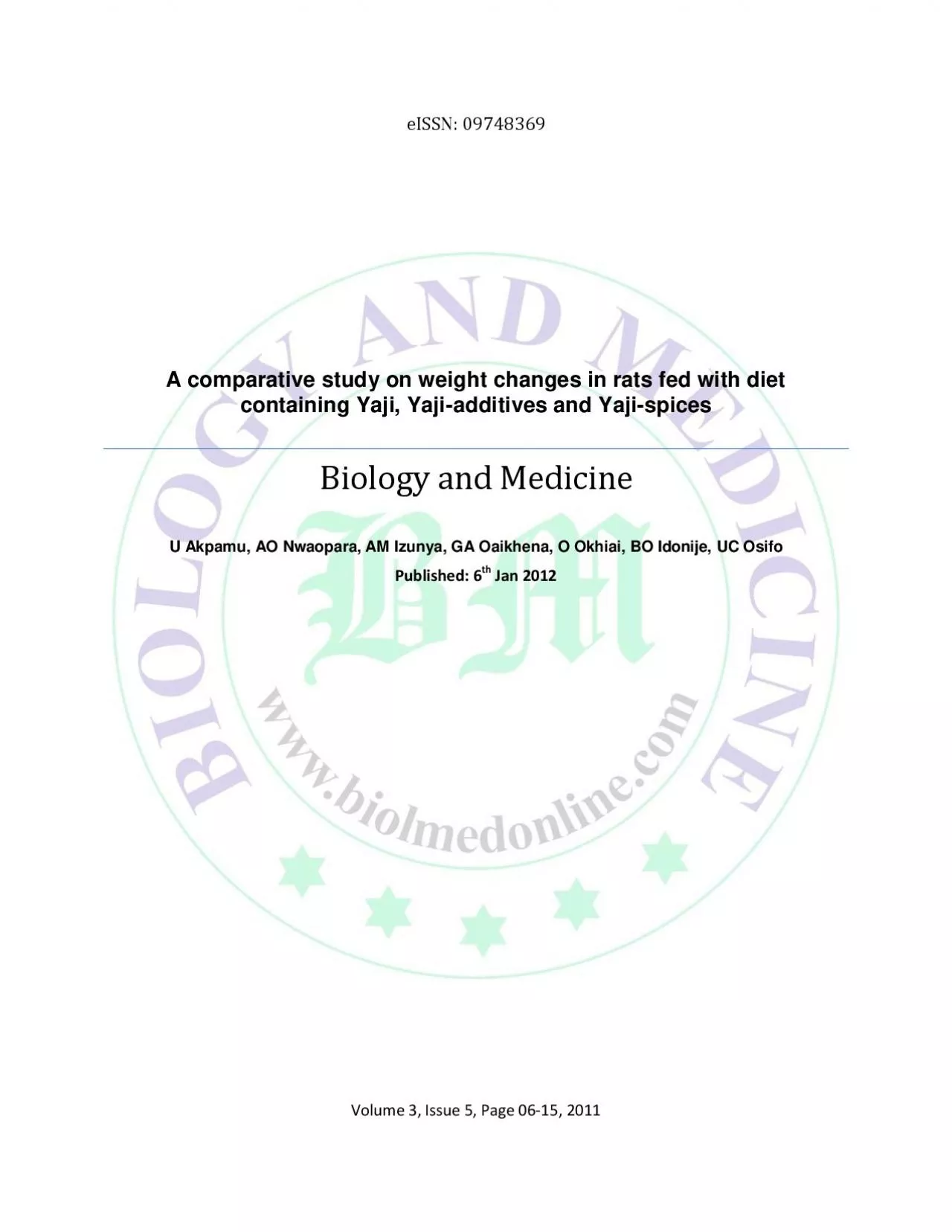

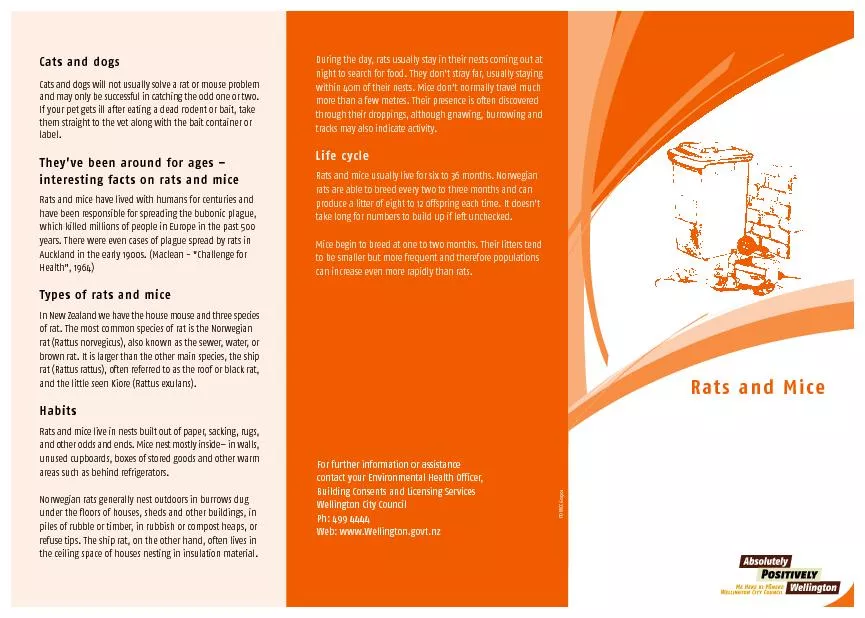
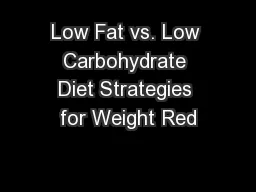
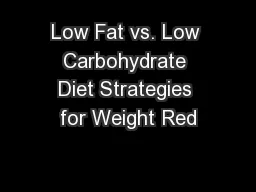
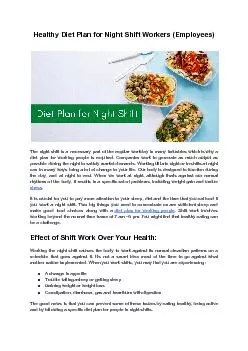
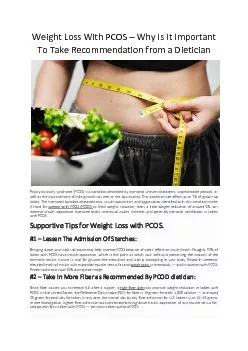

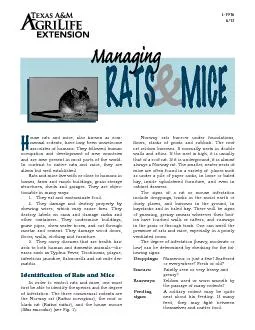

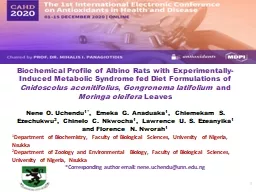

![[EBOOK] Rats Gift: Rats Planner: Personalized Graduate 4 Years New Planner For Rats Lover](https://thumbs.docslides.com/1005564/ebook-rats-gift-rats-planner-personalized-graduate-4-years-new-planner-for-rats-lover-teacher-nurse-doctors-employees-students-teens-girls-women-men-monthly-weekly-planner-2022.jpg)
